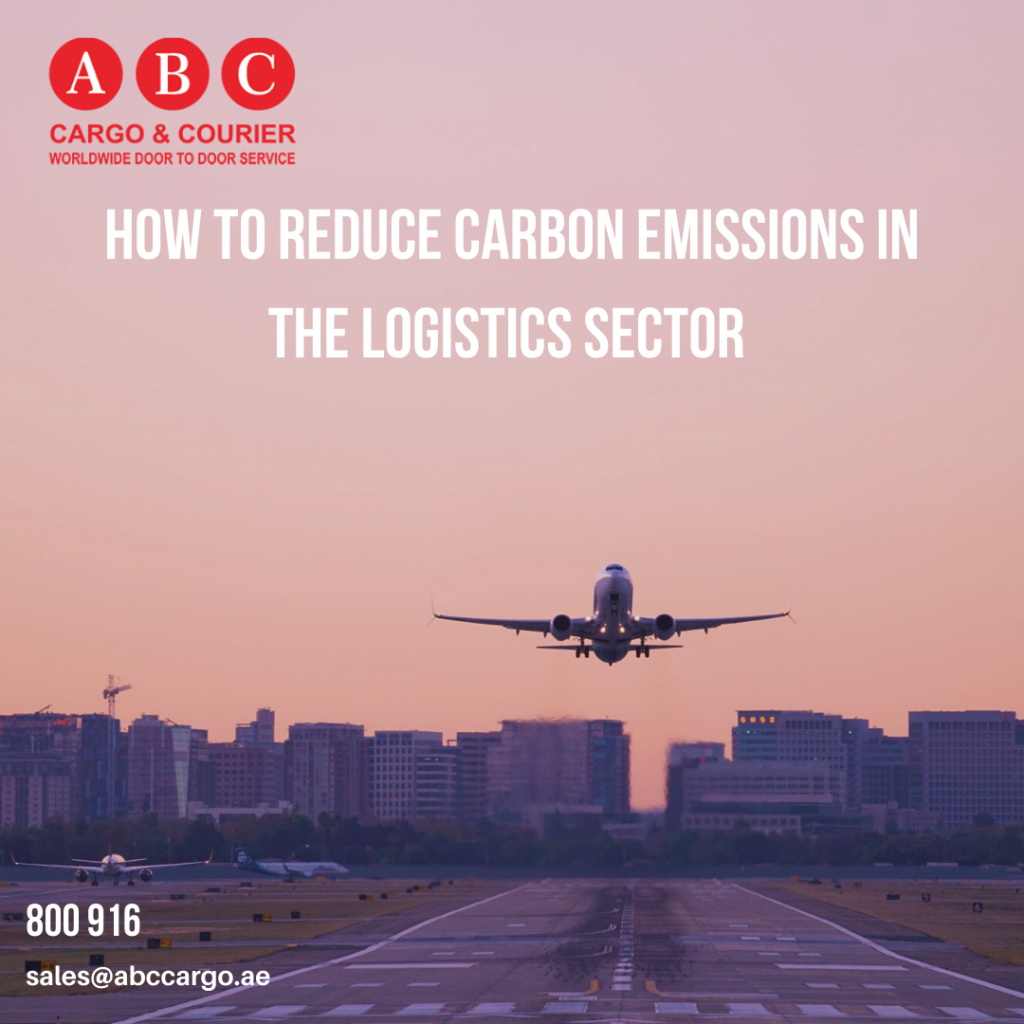Pollution, particularly Sulfur contaminations, is unsafe for nature, and they are rampant in the logistics industry. As humankind reaches towards the life conveniences made by science, little idea is paid to the unintended outcome that we pay for the sake of progress. As indicated by steady observations from NASA, the normal worldwide temperature has risen 1.9 degrees since 1880.

Logistics and transportation are one of the world’s greatest sources of greenhouse gas emissions. Understanding the effect of international cargo services is important in understanding why we have to begin making changes.
You may think Air cargo causes major pollution in the logistics sector but it is not. Air cargo has notoriety by a wide margin of the awful CO2 impression. Notably, this disrepute might be profoundly exaggerated and air freight is less of a natural threat than often thought.
Air cargo services’ dishonor depends on the way that long stretch flights produce an expected 602 grams of CO2 releases per ton-kilometer. It implies that on a long stretch course of 10,000 kilometers, for example, a trip on the major trans-Pacific exchange route from Shanghai to LA, every ton of payload is causing 6 tons of CO2 outflows into the air!
Anyway, that number of 602g per ton-km of air freight is deceiving. Numerous airlines don’t possess freighters and fly freight exclusively on the lower deck, with about a portion of air cargo going on the lower deck of passenger aircraft. If your cargo is under 160cm, there is a good chance it’s flying on the lower deck. At the point when cargo flies on a traveler flight, its impression is constrained to the marginal extra fuel consumed to cover the heaviness of the freight.
The airplane has one significant advantage – they will in general fly like crows, in a straight line, though trucks will zigzag along roads and drive 10-30% farther than the direct distance. With this additional factor clearly, the peripheral carbon impression of lower-deck air is no worse than the road.
Undoubtedly, the Freight Forwarder industry is still a huge producer of CO2, and air emits much more than sea or rail, however, it’s acceptable to realize that lower-deck air cargo is probably 7-10x less emissive than is usually suspected, and is equivalent to trucking.

